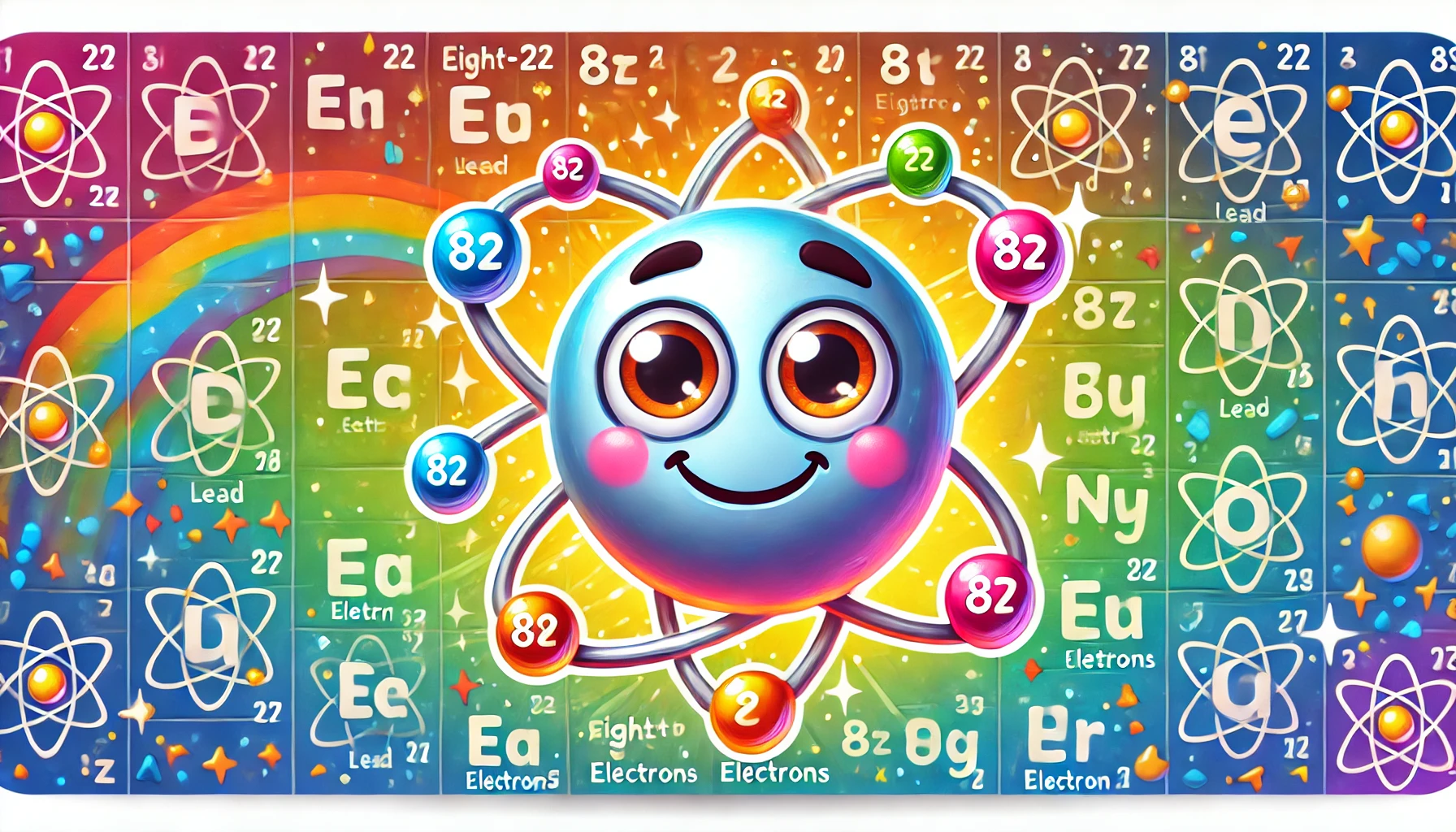Understanding Lead: Properties, Uses, Health Risks, and Fascinating Facts
Understanding Lead: Properties, Uses, Health Risks, and Fascinating Facts
Table of Contents
- Introduction to Lead
- Properties of Lead
- Uses of Lead
- Health Risks of Lead Exposure
- Interesting Facts about Lead
- Environmental Impact of Lead
- Conclusion
- References
Understanding Lead: Properties, Uses, Health Risks, and Fascinating Facts
Introduction to Lead Lead is a chemical element with the symbol Pb and atomic number 82. It is a heavy, malleable metal known for its density and toxicity. Lead has been used by humans for thousands of years in various applications, but its toxic effects have led to significant health and environmental concerns. This article explores the properties, uses, health risks, and interesting facts associated with lead, providing a comprehensive understanding of this heavy metal.
Properties of Lead Lead is characterized by several distinct physical and chemical properties.
Physical Properties
- Appearance: Lead is a dense, soft, bluish-gray metal that tarnishes to a dull gray color when exposed to air.
- Density: The density of lead is 11.34 g/cm³.
- Melting Point: Lead has a melting point of 327.5°C (621.5°F).
- Boiling Point: The boiling point of lead is 1,749°C (3,180°F).
Chemical Properties
- Reactivity: Lead is relatively unreactive and resistant to corrosion, but it can form compounds with oxygen and acids.
- Compounds: Lead forms various compounds, such as lead oxide (PbO), lead chloride (PbCl₂), and lead acetate (Pb(C₂H₃O₂)₂).
Uses of Lead Lead has numerous applications across different industries due to its unique properties.
Construction and Plumbing
- Pipes and Roofing: Historically, lead was widely used in plumbing and roofing due to its malleability and resistance to corrosion. Its use has decreased due to health concerns.
- Paints: Lead-based paints were popular for their durability and color retention, but their use has been largely discontinued due to toxicity.
Batteries
- Lead-Acid Batteries: Lead is a critical component in lead-acid batteries, which are commonly used in vehicles, backup power systems, and industrial applications.
Radiation Shielding
- X-ray Protection: Lead is used in radiation shielding for X-ray machines, nuclear reactors, and protective clothing due to its high density and ability to absorb radiation.
Ammunition
- Bullets and Shot: Lead is used in the manufacture of bullets and shotgun pellets due to its density and malleability.
Electronics and Solder
- Solder: Lead is used in solder for electronics to join components due to its low melting point and excellent wettability, though its use is declining due to health concerns and the adoption of lead-free alternatives.
Health Risks of Lead Exposure Lead exposure can pose significant health risks, particularly to children and pregnant women. It can enter the body through inhalation, ingestion, and skin contact.
Inhalation and Ingestion
- Respiratory Issues: Inhalation of lead dust or fumes can cause respiratory irritation and damage to the lungs.
- Gastrointestinal Issues: Ingestion of lead-contaminated food or water can cause severe gastrointestinal distress, including nausea, vomiting, and abdominal pain.
Chronic Exposure
- Neurological Effects: Chronic exposure to lead can cause neurological damage, including cognitive deficits, learning disabilities, and behavioral problems. Children are particularly vulnerable to these effects.
- Organ Damage: Prolonged exposure to lead can result in damage to the kidneys, liver, and other organs, as well as anemia and high blood pressure.
Skin and Eye Contact
- Skin Irritation: Direct contact with lead compounds can cause skin irritation and dermatitis.
- Eye Irritation: Exposure to lead dust or solutions can cause eye irritation and potential damage.
Interesting Facts about Lead Lead has several intriguing aspects that make it an interesting, though hazardous, element.
Historical Significance
- Ancient Uses: Lead has been used by humans for thousands of years. The Romans used lead for plumbing, coins, and cosmetics.
- Alchemy: In alchemy, lead was associated with the planet Saturn and was believed to have mystical properties.
Unique Properties
- High Density: Lead is one of the heaviest common metals, which makes it useful for radiation shielding and ballast.
- Toxicity: Despite its usefulness, lead is highly toxic and can accumulate in the body over time, leading to severe health effects.
Isotopes
- Stable Isotopes: Lead has four stable isotopes: lead-204, lead-206, lead-207, and lead-208.
- Radioactive Isotopes: Several radioactive isotopes of lead are known, including lead-210, which is used in scientific research.
Environmental Impact of Lead Lead is highly toxic to the environment and can accumulate in soil and water, posing risks to wildlife and humans.
Pollution and Bioaccumulation
- Environmental Pollution: Lead can enter the environment through industrial emissions, mining activities, and improper disposal of lead-containing products.
- Bioaccumulation: Lead accumulates in the food chain, particularly in aquatic organisms, posing risks to wildlife and humans who consume contaminated water and food.
Remediation Efforts
- Cleanup and Remediation: Efforts to clean up lead-contaminated sites and reduce lead emissions have been implemented in many countries to mitigate the environmental and health impacts of lead.
Conclusion Understanding lead, its properties, uses, health risks, and interesting facts provides valuable insight into this heavy metal. While lead has several important applications, particularly in batteries, radiation shielding, and construction, appropriate safety measures should be taken to minimize exposure and environmental impact. Its historical significance, unique properties, and health hazards highlight the need for careful handling and responsible management of lead and its compounds.

<ⓒ WizardMedics (wizardmedics.com)>






